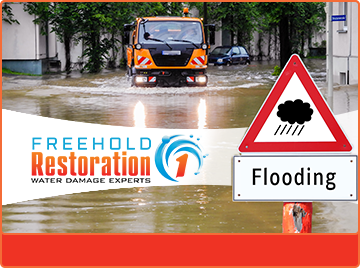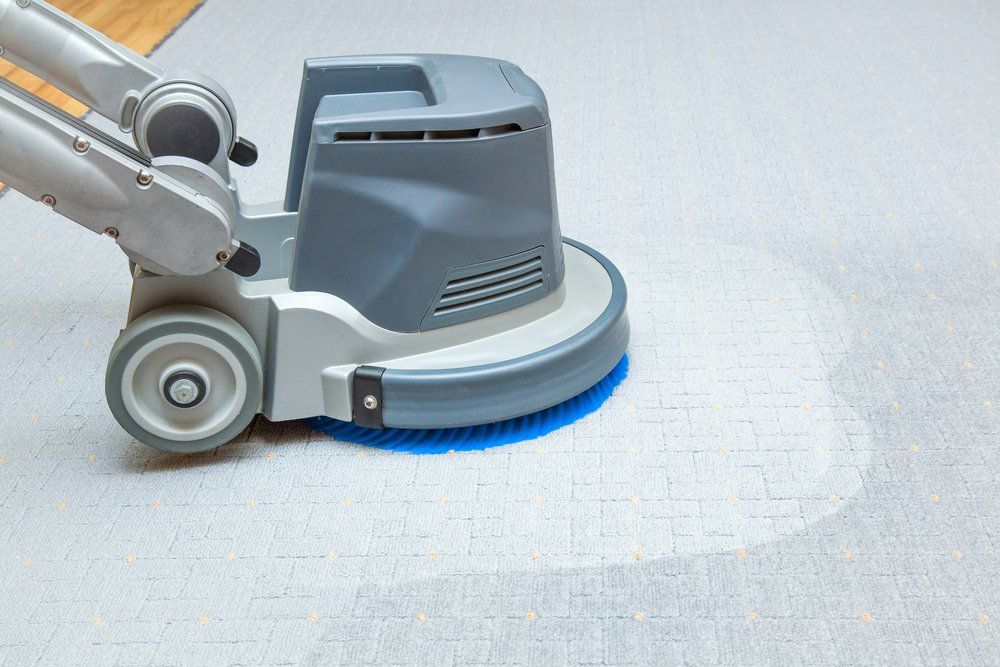FAQs
It may seem like there are more questions than answers when you are dealing with water, mold or fire & smoke damage. Here are some answers to commonly asked questions...
CONTACT US TODAYWater, Fire & Smoke Damage Restoration FAQs
When a fire occurs, immediately call 911. You’ll then need to call an expert to evaluate the damage. Contact us so we can assess the situation and start the first stage of restoring the building.
The timeframe for cleaning up fire damage varies and depends on the size of the property and the number of furnishings that are stored inside. We’ll inform you of how long it will take to restore the setting after accessing the damage.
To protect your safety, we recommend contacting us first and avoid entering the building due to the compromised structural integrity of the home.
Avoid cleaning yourself, as you could possibly inhale dangerous chemicals left behind by the flames. We use professional safety gear while cleaning and are skilled in handling damaged materials.
Our professionals attempt to salvage home furnishings or personal belongings that are in the home after a fire has occurred. The items often need to be cleaned after they’re recovered, but some of the products may be too damaged to be salvaged.
There are many safety issues after a fire. The structural integrity of the building may be affected, making it necessary to stay out of the home. There’s even the risk of inhaling hazardous chemicals left from the fire.
The amount of personal belongings that can be salvaged depends on the severity of the fire. We’ll work hard to return as many items to you as possible that are salvageable.
Our team will make a comprehensive inventory of items we find that can’t be restored. The inventory will include details about the item and its current condition. If it can’t be salvaged, we’ll let you know and will inform you of how it was disposed of.
We encourage you to inform us of special or valuable items that are important to you to ensure we make them our top priority. We’ll handle them with a high level of care.
You can contact your insurance company to determine the level of coverage that’s offered with your policy. You can also inquire about how they handle claims on the policy.
Each case differs regarding insurance claims. You should first determine how the claim will affect your premiums. Understanding how claims are handled will allow you to decide if you should file.
We’re happy to communicate with insurance adjusters if they have any questions.
Our restoration services also includes upgrades upon request. If there are specific additions you desire, you may need to hire a professional contractor to perform the work.
Water damage can cause serious problems throughout your entire home. The excess moisture can cause mold and mildew to grow. This fungus growth can contribute to health problems, including allergies, skin infections and diseases. It can even weaken and compromise the structure of a building. Water damage can warp wooden floors and ruin ceilings, while also causing problems with metal and cement materials.
While there are various levels of water damage, all require special kinds of treatment to ensure that your home or business is restored to a safe, healthy state.
Water damage restoration must be conducted with care, using specific procedures and safeguards. A restoration company will bring in heavy-duty equipment that can mitigate the effects of excess water and dry things out thoroughly. This process may also involve removing damaged parts of the structure. Because some damage is hidden, rely on professionals to get the job done right.
After the initial assessment, Restoration 1 will use the following steps to repair and control the water damage:
Step 1: Dry out the affected areas with large fans, wet vacuums, and pumps. All moist surfaces and carpets will be targeted.
Step 2: Pull up the carpet and padding that cannot be saved. While the team members at Restoration 1 do their best to salvage what they can, some parts of your home may need to be removed.
Step 3: Restore personal belongings. Restoration 1 will work to put all of your books, art, furniture, and other items back in their original places.
Step 4: Clean and dehumidify. To prevent the growth of mold, we will professionally sanitize and dry everything in the home or business.
Throughout each step of the process, at Restoration 1 we make protecting your home and keeping your family safe our number one priority.
Prices can vary depending on the severity of the damage and the amount of work involved in the restoration process.
- Leaking dishwashers, washing machines, and pipes
- Excess amounts of rain and drainage problems
- Clogged sinks or toilets that overflow
- Hidden moisture beneath your floors or in your walls
- Cracked pipes due to severe weather or faulty plumbing
Floods and water damage can be caused by a variety of problems. Some of the most common include:
Absolutely – and more often than not, you won’t notice that water damage is occurring until the need for repairs has become very obvious! Signs of hidden water damage can be as subtle as an unpleasant odor, or slight staining on the walls and ceilings. You may also notice peeling paint, warped floors, or mold growth in the nooks and crannies of your home or business.
At the first signs of water damage, you should attempt to air out the property as much as possible. Turn on fans, open windows, and blast the AC if you have to. Hang up your rugs and cushions in a safe, dry location, then collect loose items that are at risk. Mop up as much standing water as you can, and try to keep the moisture from spreading.
As soon as you’ve made the situation somewhat stable, call in an experienced restoration service like Restoration 1. Our highly-trained technicians will bring advanced, heavy-duty equipment to start on your professional water damage treatment right away!
First things first: Research companies that are certified, licensed, and insured. It’s also smart to go with a company that can respond immediately to your water damage emergency – one that can also offer a 100-percent satisfaction guarantee! Call Restoration 1 so that our trained professionals can give you the prompt, effective service you need.
First, you should review your insurance policy to see if it covers water damage at all. For example, some policies may cover floods but not mold remediation, while others only handle sewer or drain backups. Find out what your policy covers specifically, so that you understand the terms before speaking with an agent. Because Restoration 1 has experience with all insurance companies, our team can help you navigate the sometimes complex claims process.
Second, make a detailed list of what has been damaged. You should write everything down, from the flooring to the bookshelf that wasn’t salvageable, and so on. You should also keep your receipts and other forms of evidence (including photos) that support your damage claims.
Finally, when you file the claim, it will probably take your company a few days to get back to you. In the meantime, do not begin any permanent repairs to your home. You’ll want to wait for permission to do so before spending money on the restoration process.
Although the best way to remove standing water is to call in a professional service like Restoration 1 to use heavy-duty equipment, you can attempt to remove some of the water on your own. Use buckets or a water pump to drain the area, then mop up the excess water on the floor.
Mold Remediation FAQs
Mildew is gray in color, and mold is green or black. Mildew can easily be cleaned with the use of household cleaning products, but a professional will need to remove mold. Mold is much more serious and can affect those who are exposed to it in the building.
Mold is raised on surfaces and is green or black, and is not flat like mildew.
The cost of mold remediation varies and is influenced by multiple factors. Immediate action is required once mold is discovered. The types of repairs needed and how much it has spread will also influence the rate of the services.
Mold can begin to grow after 24 hours and spreads quickly within a few days or weeks once it forms.
Hiring a mold remediation expert is necessary. They can survey the property with special equipment and discover where the mold is specifically located.
It can take several days or weeks to remove mold, depending on the extent of it and where it’s located.
Mold growth is detected with professional equipment. Moisture that’s present behind walls or floors can also indicate mold has formed. Ripping out floors or walls is often necessary to confirm where mold is hiding.
The health issues associated with mold include nasal congestion, sore throat, irritation of the skin or eyes, and symptoms similar to allergies.
REQUEST SERVICE

Contact Us
We will get back to you as soon as possible
Please try again later











